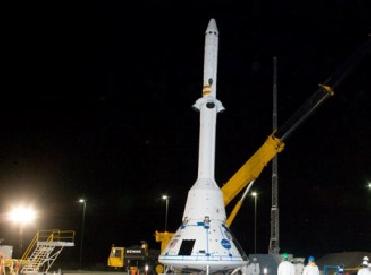
The Pad Abort-1 launch abort system is ready for launch from New Mexico. A NASA photo
WASHINGTON (BNS): Scientists at the US space agency NASA are all set to test Pad Abort 1 (PA-1) � an unmanned launch abort system being developed for the space agency's new-generation Orion spacecraft.
The PA-1 is scheduled to take off from the White Sands Missile Range, New Mexico, on Thursday. The flight test will evaluate the launch abort system's ability to pull the module and an astronaut crew to safety in the wake of an emergency on the launch pad.
The critical test, if successful, will make future space vehicles safer for manned missions.
Thursday�s test will be the PA-1's first fully integrated flight test of the launch abort system (LSA), NASA said.
Information gathered through PA-1 testing will be valuable in design and development of future systems built for use in providing a safe escape for the crew in the event of an emergency, it said.
The LAS has been designed to activate within milliseconds in the event of an emergency on the launch pad or during initial ascent of the spacecraft.
The LAS consists of three solid-propellant rocket motors: the abort motor that fires nearly 500,000 pounds of thrust to pull the crew module up and away from the launch vehicle; the attitude control motor that exerts up to 7,000 pounds of steering force to reorient the vehicle's position; and the jettison motor that separates the crew module from the launch abort system so that parachutes can be deployed for a safe landing.
If the weather remains clear and wind-free, NASA will carry out the launch on Thursday.
The Orion spacecraft, which will integrate the launch abort system, is NASA's next generation spaceship fleet being designed to ferry astronauts to space.
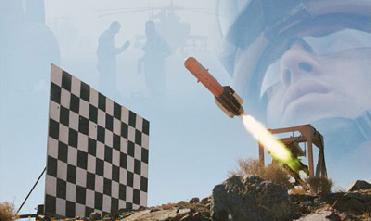 Next Article
Next Article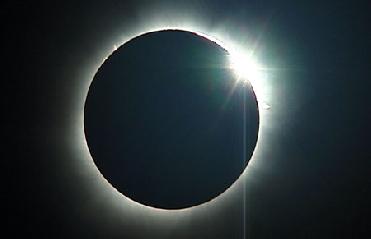
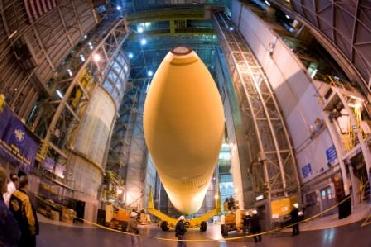
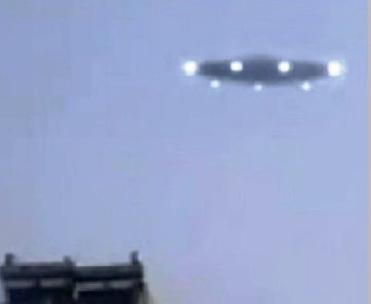











The Indian Air Force, in its flight trials evaluation report submitted before the Defence Ministry l..
view articleAn insight into the Medium Multi-Role Combat Aircraft competition...
view articleSky enthusiasts can now spot the International Space Station (ISS) commanded by Indian-American astr..
view article